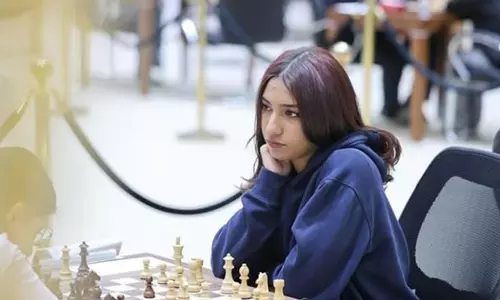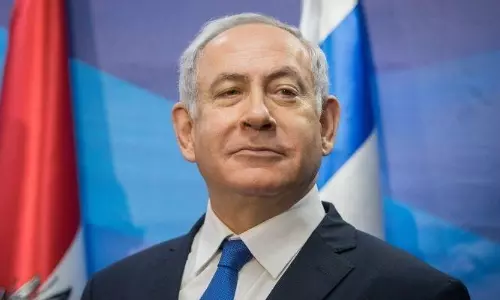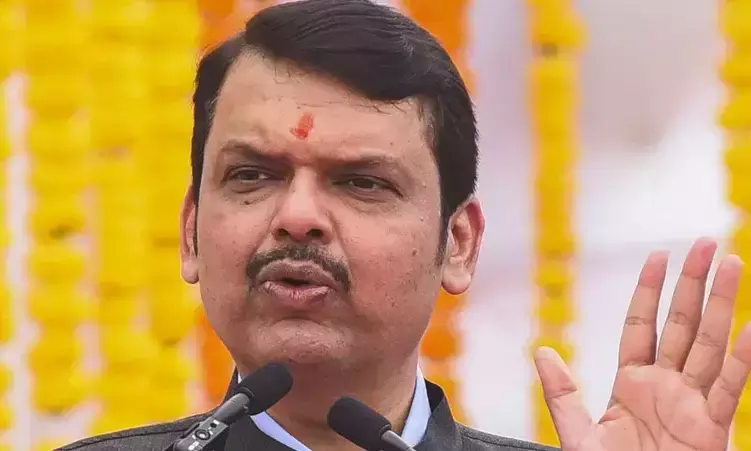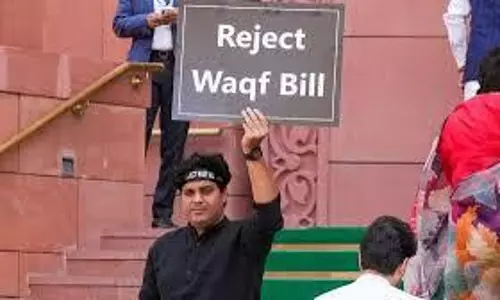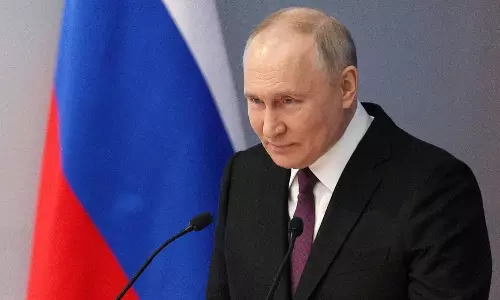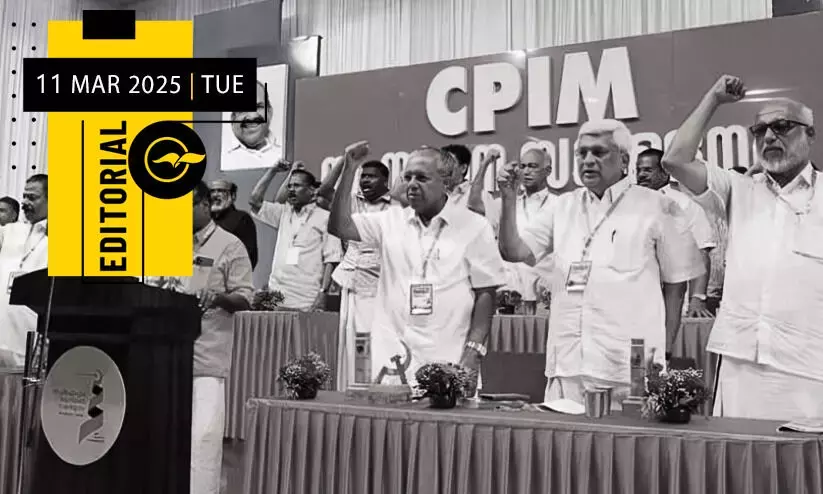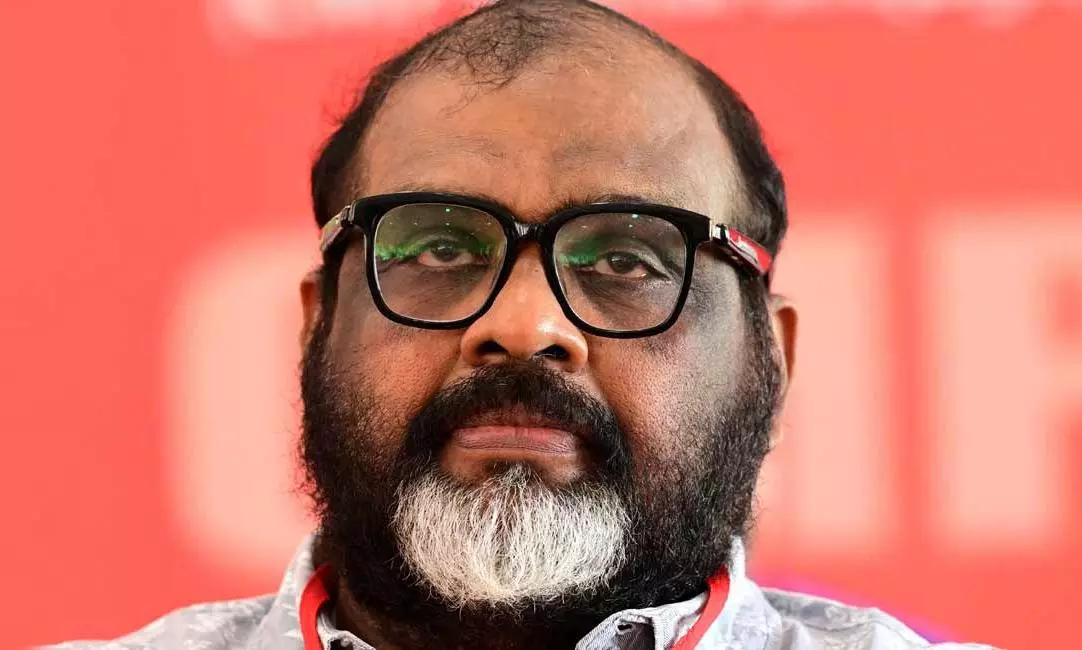
The message from the Kerala CPI(M) conference
text_fieldsIn the only state where the CPI(M) retains its strongest party unit and leads the ruling Left Front, the party's conference concluded in Kollam on Sunday with a grand rally. The key observation is how this will impact the upcoming local body elections this year and the assembly elections next year. Party conferences, held at three-year intervals, typically assess the party’s strengths and weaknesses from the grassroots to the highest levels, while systematically holding elections for representatives and office bearers from branch committees to the state committee. This time was no different, with all procedures being carried out with precision. Some leaders were replaced due to surpassing the age limit, inefficiency, or health concerns. However, the organizational elections demonstrated a satisfactory level of youth participation and female representation. What stood out the most, however, was the party’s decision to overlook the age factor and firmly designate Pinarayi Vijayan as the leader for a third term, even as he completes his second term in power. While the CPI(M) continues to weaken at the national level, the party seems to have decided that only Pinarayi Vijayan can sustain the CPI(M)'s stronghold in Kerala. The final green signal for this must come from the National Congress, which will be held in the first week of April. Although criticisms were raised against M.V. Govindan, who was re-elected as the state secretary, not a single voice of dissent was raised against Pinarayi at the state conference. In fact, he presented a new policy document titled ‘New Paths to Lead the New Kerala’, which he envisions. What is notable is that despite discussions on this policy document - which reflects a shift from socialism towards capitalism - Pinarayi was not challenged.
In all communist parties and governments, past and present, proletarian power has ultimately been concentrated in a single leader. Examples include Joseph Stalin in the Soviet Union, Mao Zedong and now Xi Jinping in China, Fidel Castro in Cuba, Kim Il Sung in North Korea, and Ho Chi Minh in Vietnam. Even in West Bengal, which is merely a state, Jyoti Basu, who served as Chief Minister for three decades, also falls into this category. In Kerala, Pinarayi Vijayan, who served as the party secretary for 17 consecutive years, later transitioned to the position of Chief Minister and is now preparing for a third term. All that remains is for the people of Kerala to endorse it. In the process, the success of the 'captain' Pinarayi Vijayan is that he was able to crush all rivals within the party, including V.S. Achuthanandan, one of the founding members of the Communist Party (Marxist), and has completely silenced all criticism.
From the party’s perspective, all of this may seem exciting, but in the present circumstances of democratic India, reflecting on the policies and stance of the Left in general—and the CPI(M) in particular—leads only to despair. There can be no disagreement among communist parties that the gravest threat to the country comes from the regime led by Narendra Modi, driven by extreme Hindutva nationalism and engaged in continuous unconstitutional actions - though there may be differences over whether to label it a fascist or neo-fascist government. As long as this alarming threat persists, neither democracy nor social justice can thrive in the country. Recognizing this, secular parties united to form the INDIA bloc, which performed effectively in the last Lok Sabha elections. CPI(M) General Secretary Sitaram Yechury and CPI General Secretary D. Raja played an active role in this alliance. However, despite the INDIA bloc’s success in preventing the BJP from securing an outright majority and significantly reducing its vote share, the Pinarayi-led CPI(M) remains skeptical of the alliance - primarily because the Congress, which leads the opposition UDF in Kerala, is at its helm.
Though the final decision rests with the National Congress coming up in the first week of April, signals from the Kollam conference indicate that the Kerala unit of CPI(M) will continue to view the Congress as the 'B-team' of the BJP. The disaster this stance may bring upon the country as a whole, and for religious minorities in particular, does not appear to concern the party at all. The Kollam conference also made it evident that the CPI(M) will persist with its position of portraying the imagined threat of minority communalism as a parallel to Hindutva majoritarian communalism. This dangerous political alignment, born out of narrow party interests, is deeply unsettling for India’s largest religious minority. However, Pinarayi and his followers are deliberately choosing to ignore this reality. The result of this approach is evident in the eagerness with which CPI(M), which had earlier granted a ‘secular certificate’ to the Muslim League, now attempts to brand it as a communal force. Although this propaganda may be intended to prevent CPI(M) supporters from drifting toward the tide of extreme Hindutva, even a child can see that its ultimate beneficiary will be the saffron coalition ruling at the Centre.




